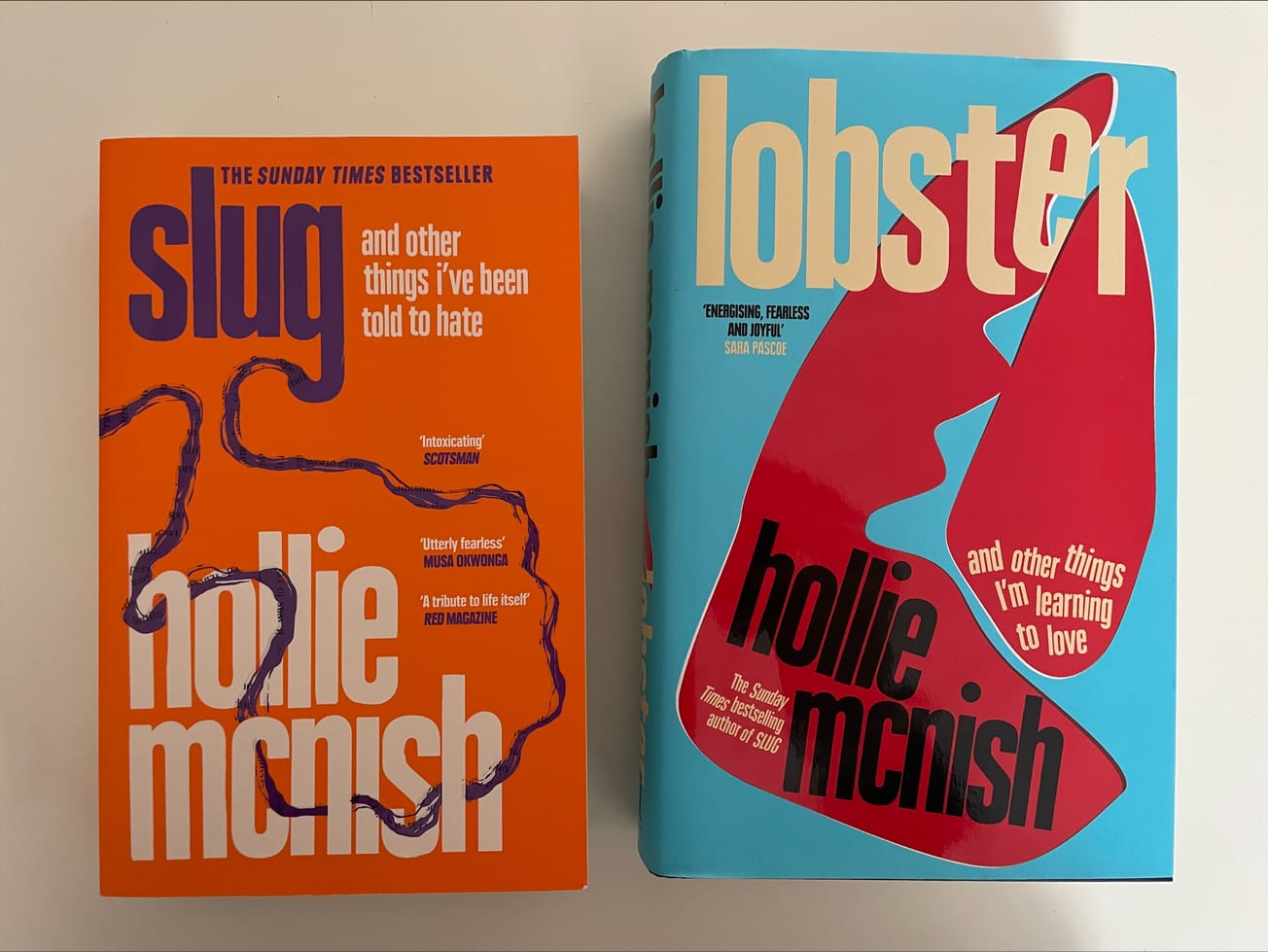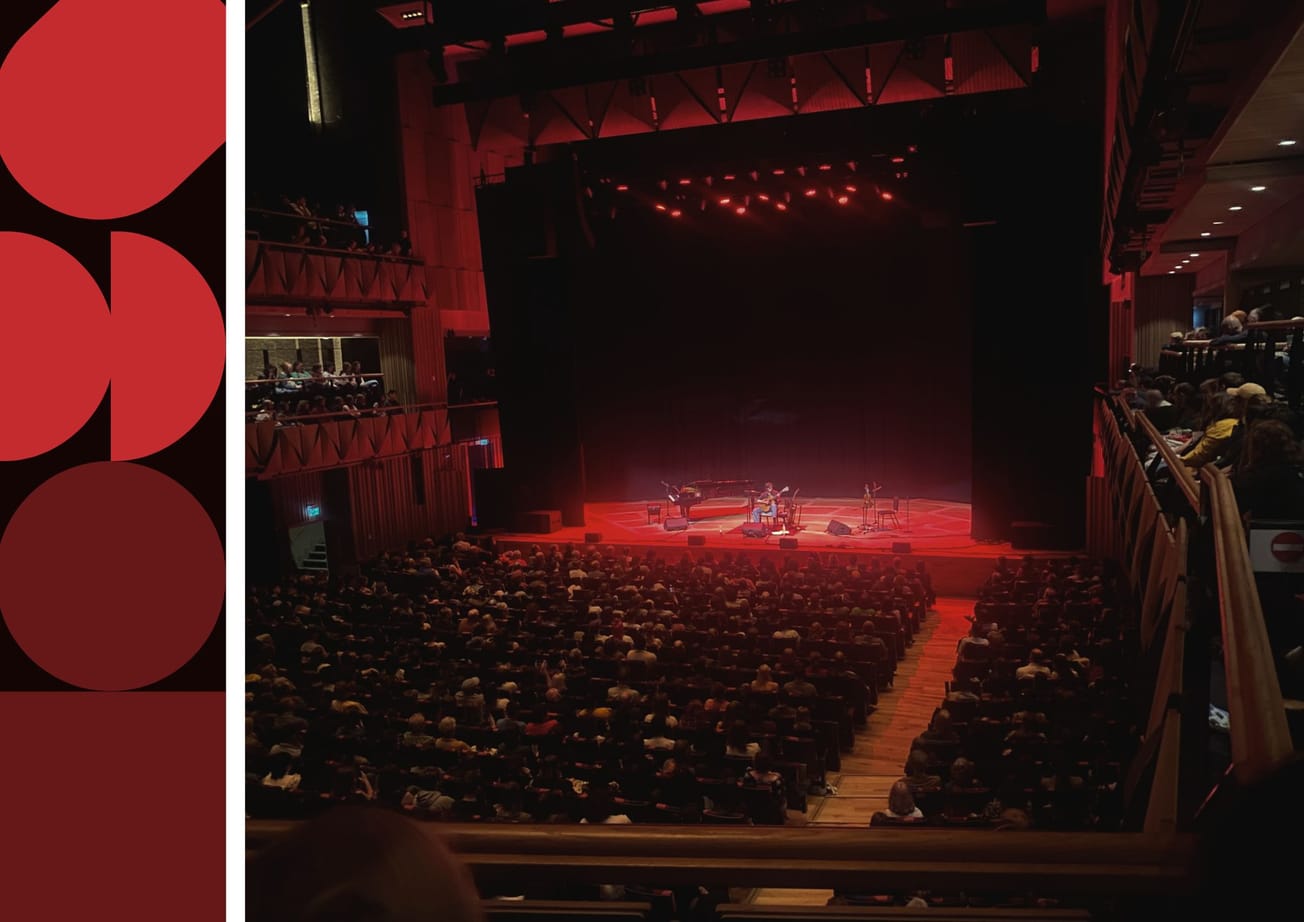Arts Editor Alina Young shares her thoughts and favourite lessons on the living art form of floristry.
No matter how much or how little one knows about flowers, almost everyone can appreciate their extraordinary beauty. They are delicate masterpieces of nature, and their dazzling variety- of shapes, textures, colours- are more innately creative than anything man-made. The process of arranging flowers and displaying them in your space has all the best aspects of an artform- aesthetic, expressive, meditative and fulfilling. Best of all, it’s an artform that’s accessible to anyone, as at entry-level all you need is an appreciation of beauty.
As art forms go, floristry is an ideal first step for those who don't ordinarily consider themselves ‘artistic’ to begin exploring their innate creative side. Although experienced execution can elevate the finished product, unlike painting, sculpting, or crafting, at a basic level just picking flowers that appeal to you will still give you enormous satisfaction when you display them. Since flowers are ready-made forms of beauty, you can simply focus on choosing which you are drawn to, rather than worrying about the execution of your artwork.
'the process of arranging flowers and displaying them in your space has all the best aspects of an artform- aesthetic, expressive, meditative and fulfilling'
In essence, the process of selection is like picking a colour palette- you choose colours that you instinctively feel compliment each other, or produce an interesting effect. You get all the pleasure of choosing the elements of your artwork, without getting frustrated with the content of a canvas if it doesn’t look as you had imagined it. We already hold ourselves to high standards, and most of us fear failing - flowers allow us to express ourselves in the safe knowledge that we will love whatever we create, and be able to create it relatively quickly.
Experimenting with colour is also a cathartic experience. Our experience of colour is hugely personal; each person perceives it in a different way, and we feel different emotions towards hues. Colour psychology studies the active effect that colours have on our moods, and their ability to alter our state of mind. Although there are many defined associations to colours, discovering how we personally react to different shades is immensely satisfying. For me, reds/oranges/yellows are stimulating and warming, and walking into a room of deep autumnal hues relaxes me and encourages a sense of vibrancy; meanwhile whites/blues/purples make me feel serene.
'floristry reminds us to appreciate transient beauty, and that things that die will be rejuvenated by new life'
Flowers are a fantastic way to discover how colours personally affect us, and once you observe how different colours impact your mood, you can essentially create artwork that encourages whatever you emotions you want to feel. Floristry is a brilliant opportunity to use colour psychology in this way, as it has the advantages of being an easily adaptable, semi-permanent fixture in our own space. While you may not have the confidence to wear head-to-toe bright yellow, it’s possible to get all the same benefits by decorating your space with colour. This makes choosing and arranging flowers a wonderful medium for self-expression, as interiors are a living metaphor for our mental state; while we choose them to accent a room, they become like accents of colour on our mind.
A unique aspect of flowers as an art form is that flowers are elements of nature, and so continue the cycle of living rather than being preserved. One can view this, of course, as a reason why they are an inefficient use of money- you can far more cheaply create a drawing, hang it on the wall, and it will stay that way until you choose to change it. It is undoubtedly more cost-effective and more durable.
'flowers allow us to express ourselves in the safe knowledge that we will love whatever we create, and be able to create it relatively quickly'
Although this is a valid approach, it ignores the incredibly positive aspects of working with something that is alive. You have to learn how to how to care for flowers; this simultaneously gives the enormous satisfaction of watching your efforts rejuvenate something, and the feeling of responsibility. Flowers also encourage continuous creativity, as they inevitably wilt. In a bouquet, flowers wilt at different rates; as you throw out the finished flowers, you can add other complimentary flowers to those that are still thriving. Bouquets encourage you to re-experiment, to make new combinations, and to get fresh enjoyment.
I find the artforms the most enjoyable artforms in some way meditative. Repetition, focus, and careful work are some of the most pleasant elements of creating art, from sketching, to knitting to moulding clay. The process of arranging flowers requires the same amount of careful composition, and encourages a calm mind while dealing with delicate objects. Furthermore, an unusual meditative aspect of floristry is understanding the transience of what you create.
'choosing and arranging flowers is a wonderful medium for self-expression, as interiors are a living metaphor for our mental state'
For me, it has a similar significance to the concept behind Buddhist sand mandalas- Tibetan Buddhist monks spend many hours creating intricate mandala patterns from coloured sands, and dismantle it once it is completed. While this practice is a doctrinal spiritual ritual and has many complex symbolic meanings, the acceptance of the cycle of creation and destruction is something I feel while working with flowers. Floristry reminds us to appreciate transient beauty, and that things that die will be rejuvenated by new life.
When feeling dull and burnt out, you can likewise rejuvenate yourself by bringing nature into your everyday, and enjoy the vibrancy it adds any early morning and any essay crisis. Art and self-expression should serve a purpose to the artist.
Alina's tips for caring for your flowers...
Looking after your flowers is essential to make your creation last as long as possible. Follow these steps to get the most of them:
- Aim to get your flowers in water as soon as possible
- Cut about an inch from your stems, with a diagonal snip, before adding them to the vase
- Tear off any leaves that would be below the waterline of the vase - soggy leaves pollute the water, and aren’t very fun to clean from your vase
- Make sure you use flower food (the sachet provided with most bunches) in the water.
- If you’ve bought multiple bunches to make your bouquet, rather than putting all the flower food in at once, you can keep the spare sachets to use every time you change the water
- The nutrients in water get stale, and hungry flowers drink it all up, so it really helps to change the water in the vase every 3 days (setting a reminder on your phone makes this easy)
- If the ends of the stems look a bit mangled when you’re changing the water, you can give them a little snip to refresh them
(Featured image: Unsplash / Annie Spratt)
Do you think floristry can be an art form? Let us know in the comments below or on social media.









